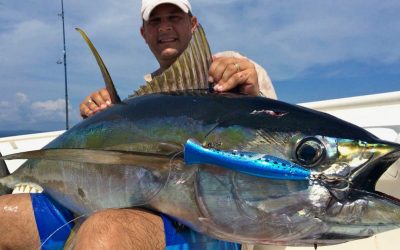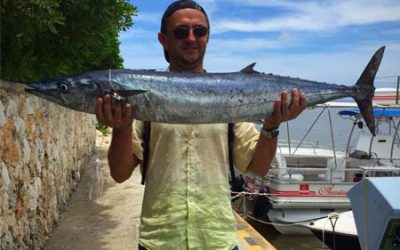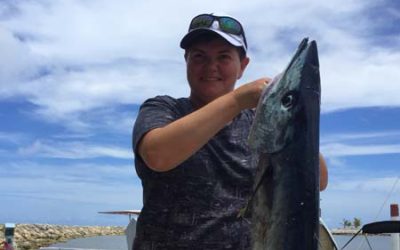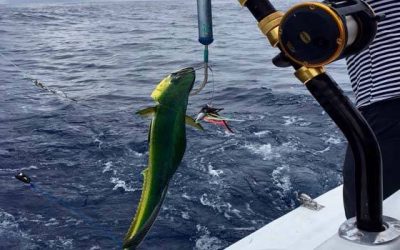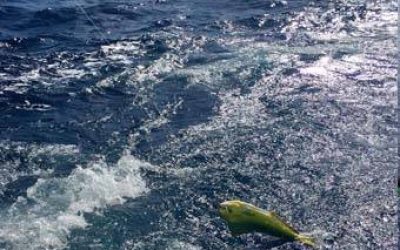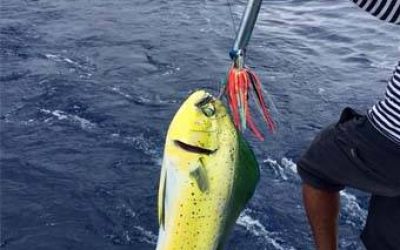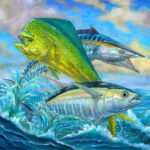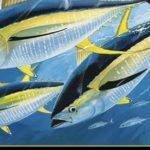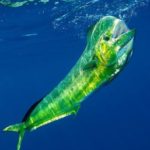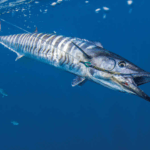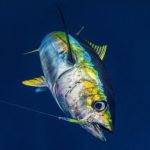Dominican Republic Fish - the most interesting facts
Hello dear friends Dominican Republic fish is our topic of today’s post. I thought that if you fly to the Dominican Republic Punta Cana and want to order for example private fishing charter then you probably want to know what fish are found in this area. By making a small search and investing my knowledge, I wrote a short and informative post. The main types of fish and the most interesting about each:
Mahi Mahi
*Fish habits in the water
*What fisherman knows
*Mahi-Mahi Eating
Wahoo
*Fishing Season
*Wahoo Fishing
*Behavior in Water
*Is Wahoo meat good for eating?
Yellowfin tuna
*The season for catching yellowfin tuna in the Dominican Republic
*Breeding
*How does tuna live
*Tuna fishing
*Meet of Tuna
Dominican republic fish- Mahi Mahi
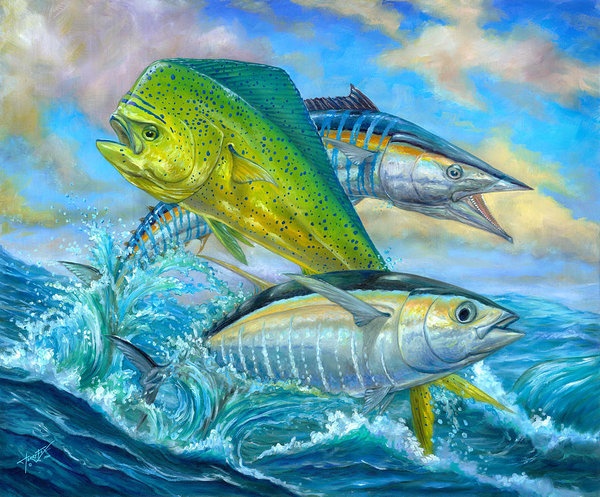
Mahi Mahi-Dominican republic fish
Mahi-Mahi habits in the water
If you are lucky enough to go on a deep-sea fishing method
of trolling and you had Mahi-Mahi on the hook, then you know what I will talk
about. When This fish gets hooked, it will resist and fight to the last, the
males especially strongly resist, apparently from the fact that they are
physically stronger than the females. In other words, this fish will apply all
the tricks to get off the hook. Namely, the Mahi Mahi will jump out of the pipe
trying to break the fishing line, this fish will also make very deep dives under
the water, will try to go under the boat motors, again in order to break the
fishing line.
What fisherman knows
Mahi-Mahi Eating
The meat of this fish has a huge amount of nutrients. I
would say that the meat of this fish is a kind of panacea for many diseases and
for old age including, if you use this meat on a regular basis, that is,
several times a week. In its structure, dense meat has a white or white and
pink color. Cooked quickly, however, like almost all meat fish. Often eaten
raw, considered a delicacy.
Dominican Republic fish- Wahoo
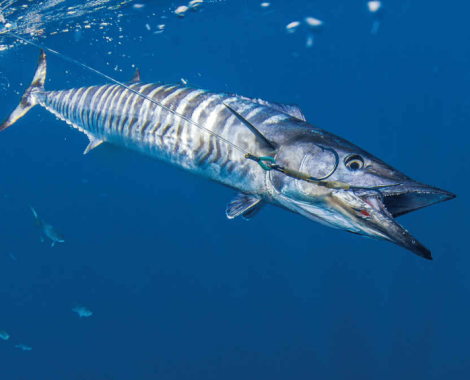
Wahoo fishing Season
Wahoo Fishing-Dominican republic fish
Wahoo Behavior in Water
Is Wahoo meat good for eating?
Dominican Republic fish- Yellowfin tuna
The season for catching yellowfin tuna in the Dominican Republic
You can meet and catch yellowfin tuna in the waters of the
Dominican Republic throughout the year. But the season for catching tuna is
considered the summertime. As I would explain that it’s due to the fact that in
summer the water in the ocean (in the coastal zone up to five nautical miles)
warms up and the tuna come closer to the shore. This type of fish loves warm
water.
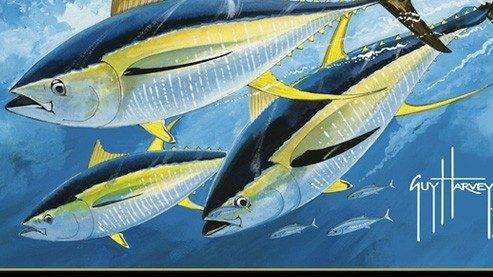
Breeding
Yellowfin tuna breeds by spawning. Spawning this type of
fish is possible all year round. The survival rate of eggs is great. And the
population of this species of fish is not in danger. Despite commercial
fishing, these types of fish multiply rapidly.
How does tuna live
Tuna fishing-Dominican republic fish
Meet of Tuna
How to track down tuna
Well, that is pretty much all for today’s blog. I hope the
article was interested and you enjoyed reading. If so feel free to check up
other articles as well as fishing trips or boat trips.
